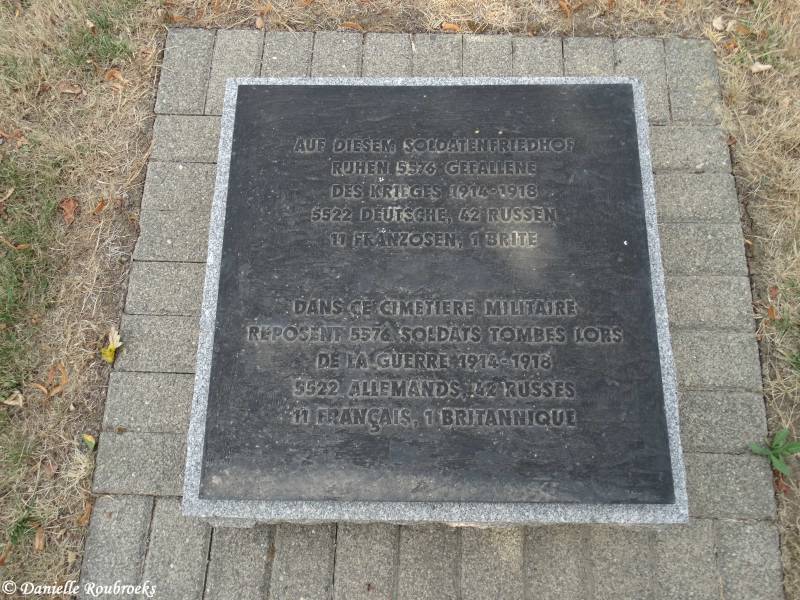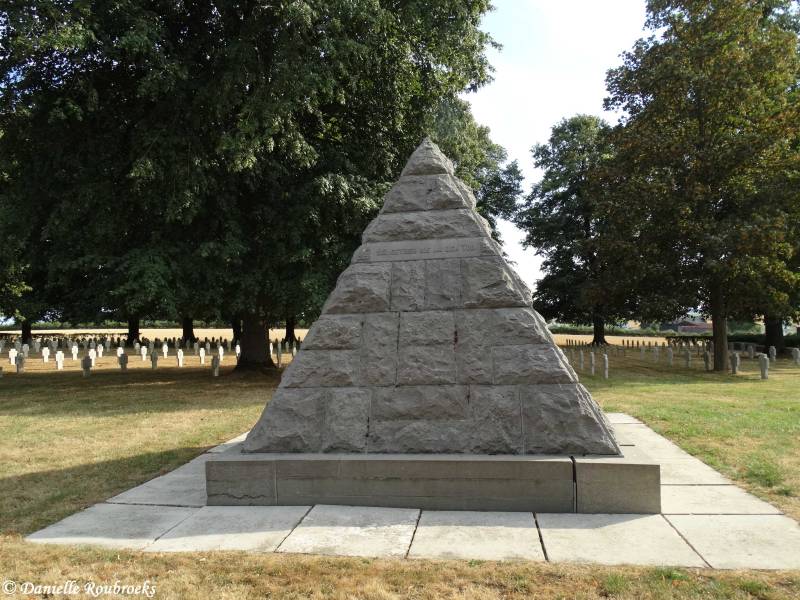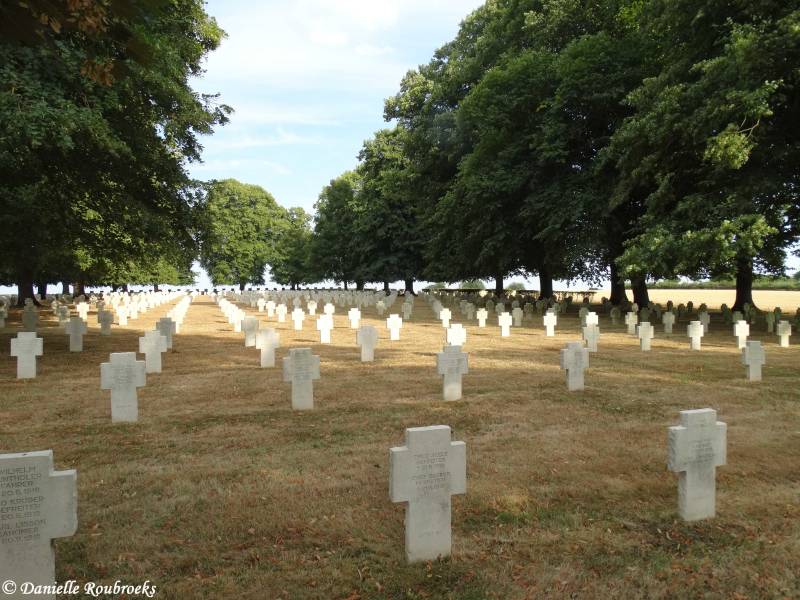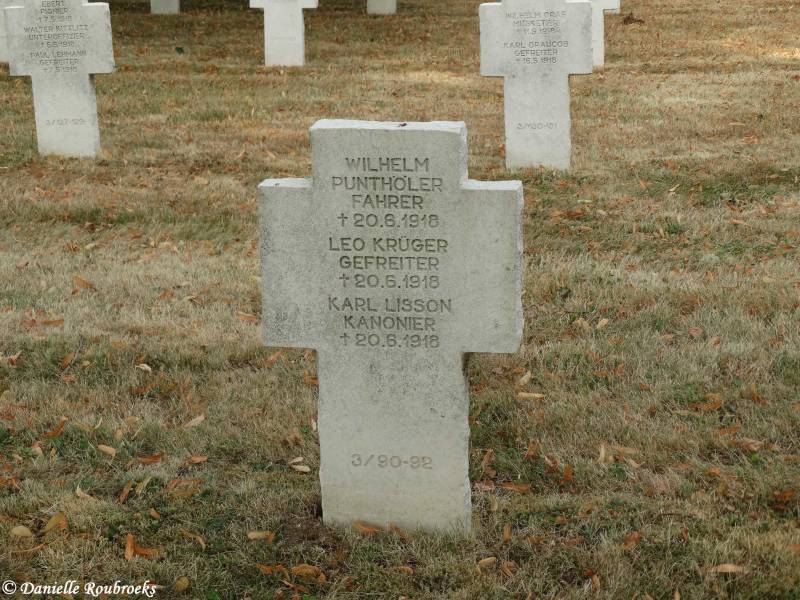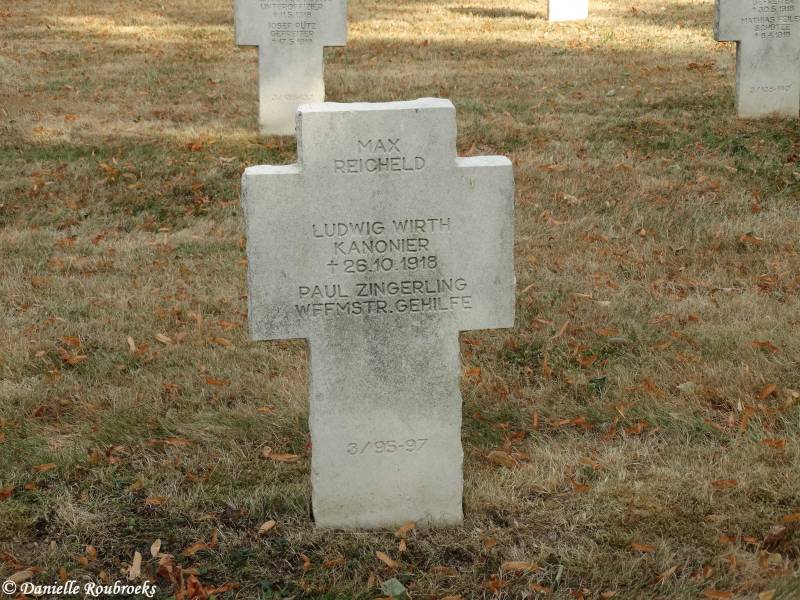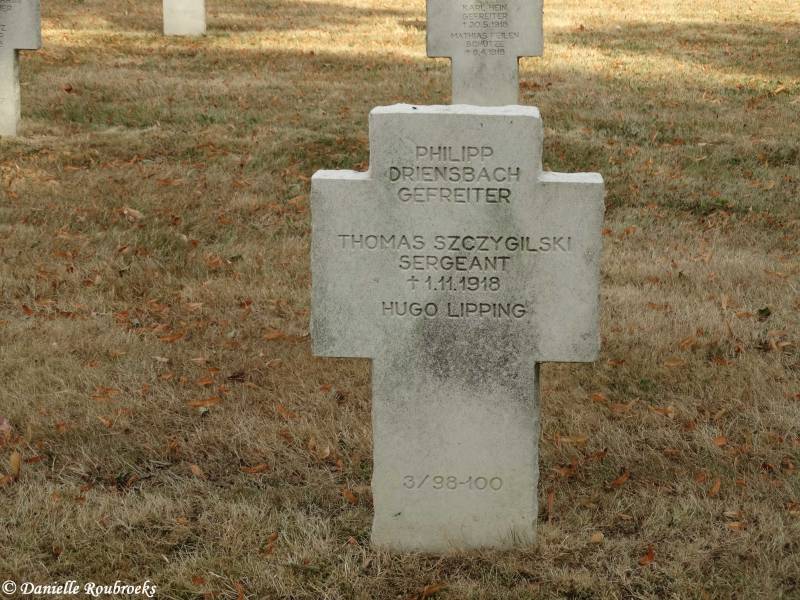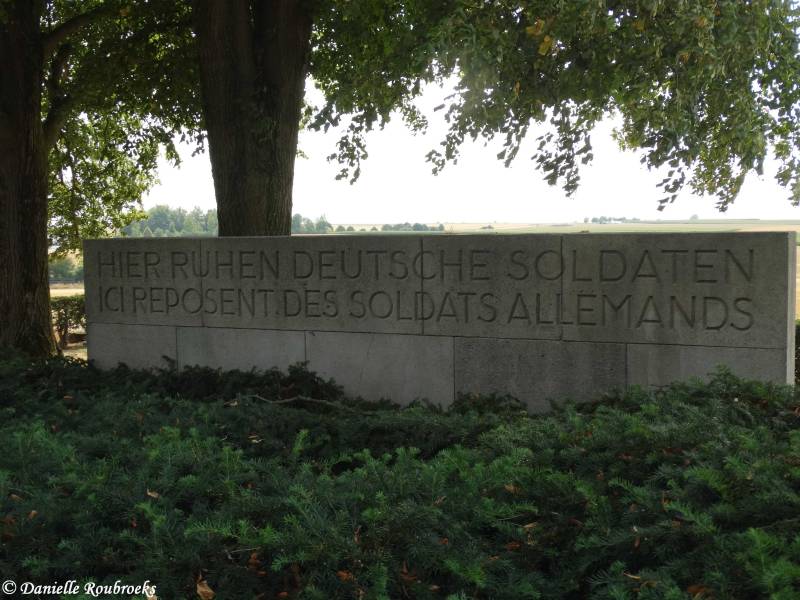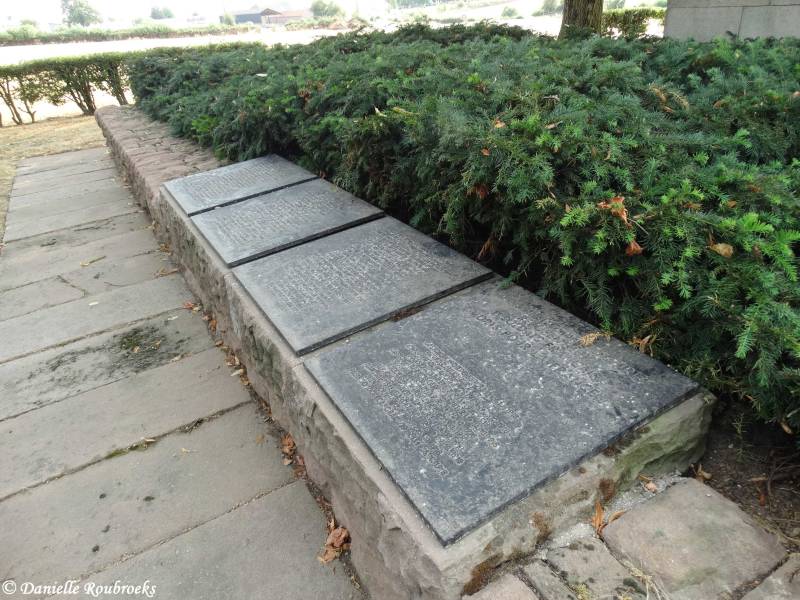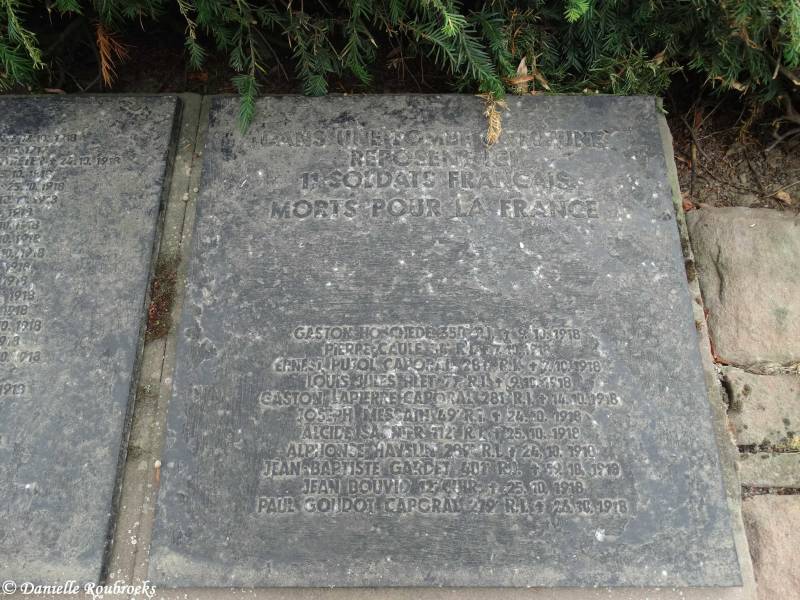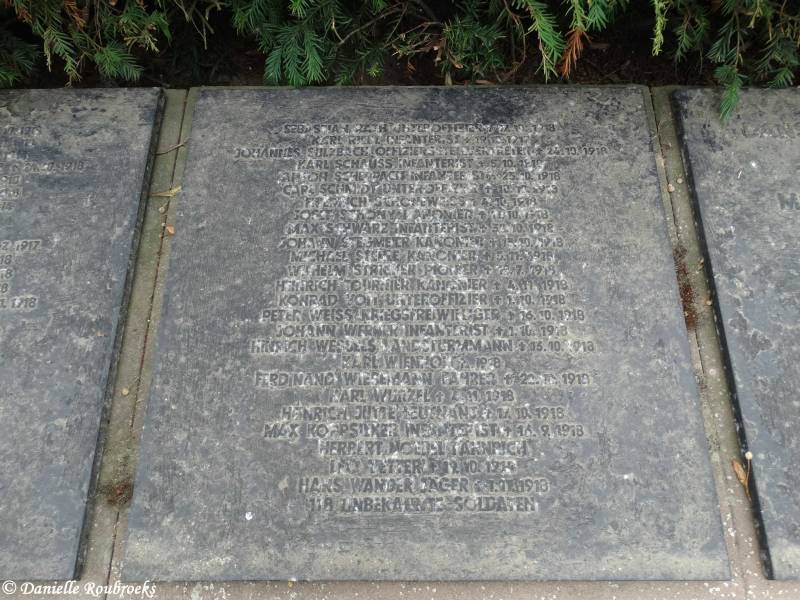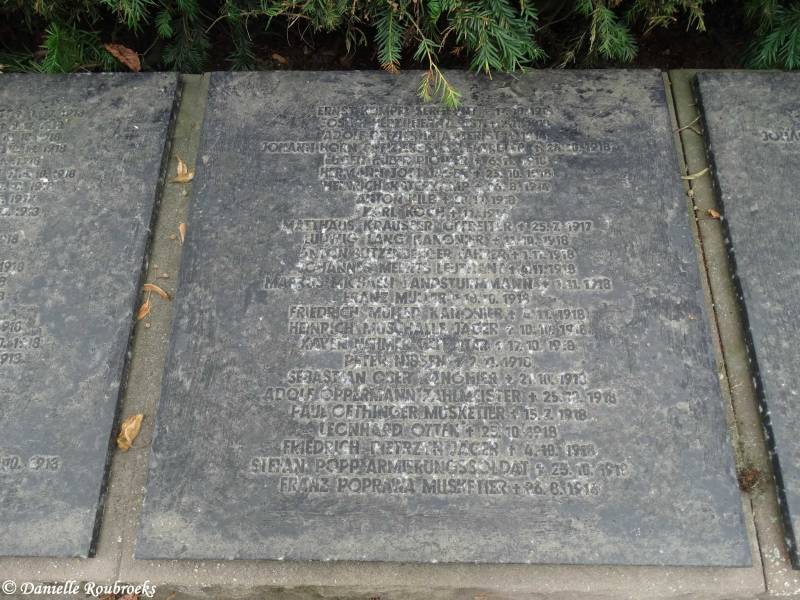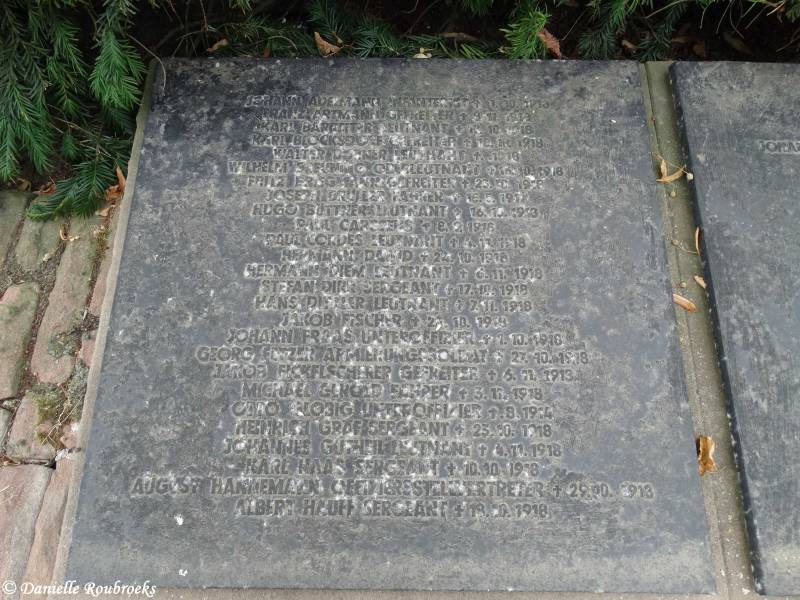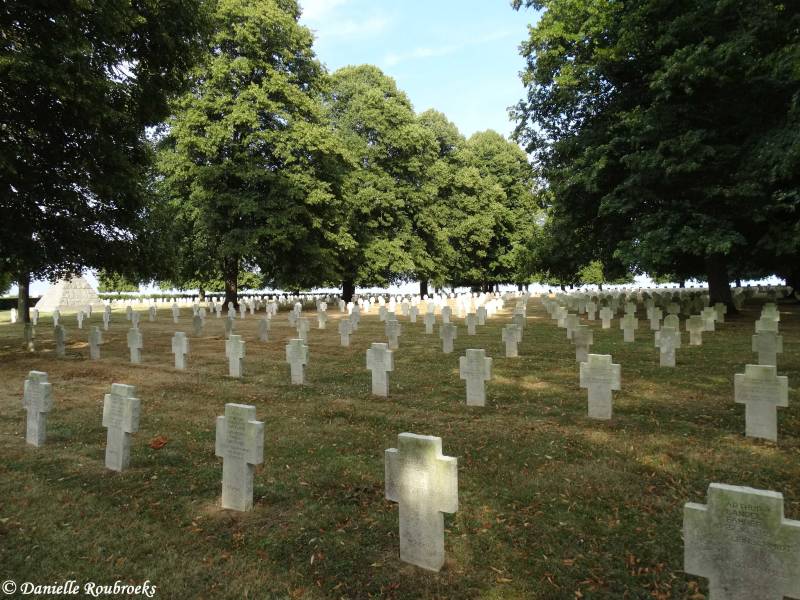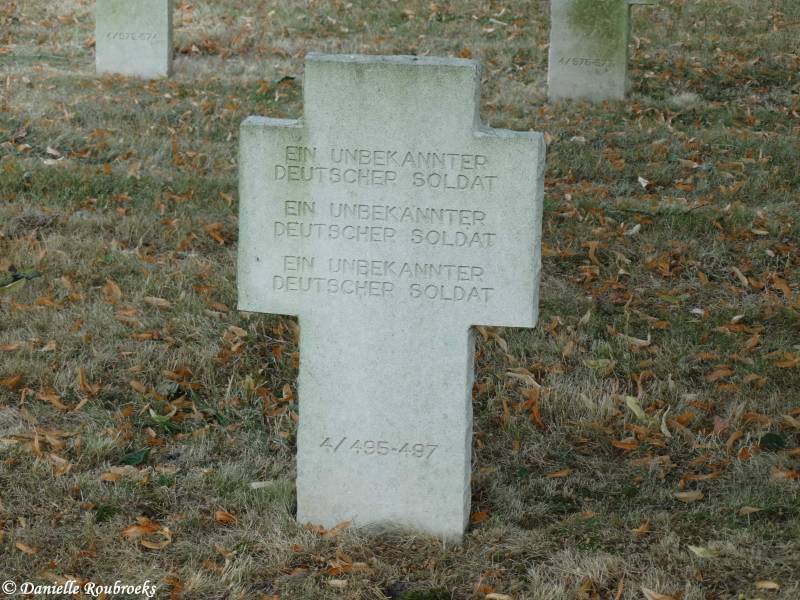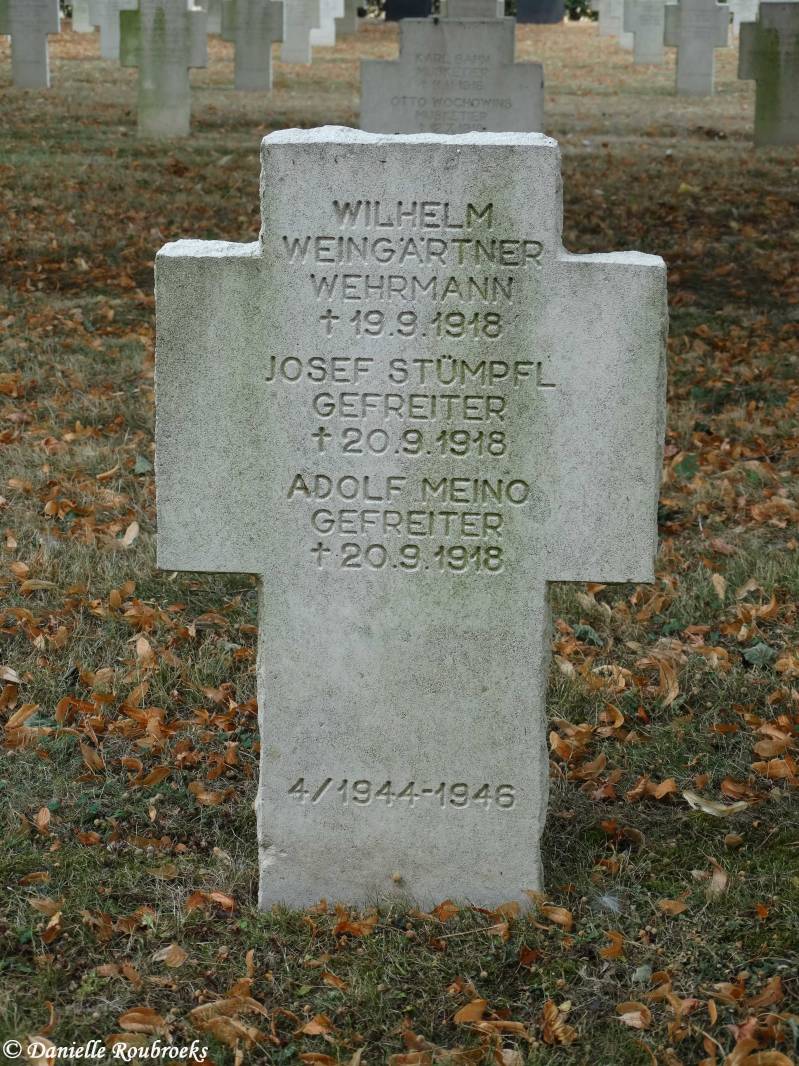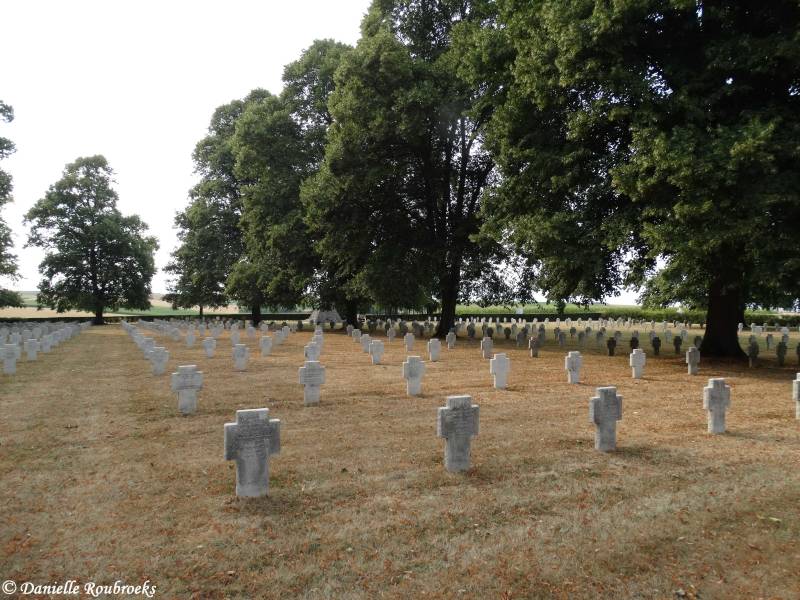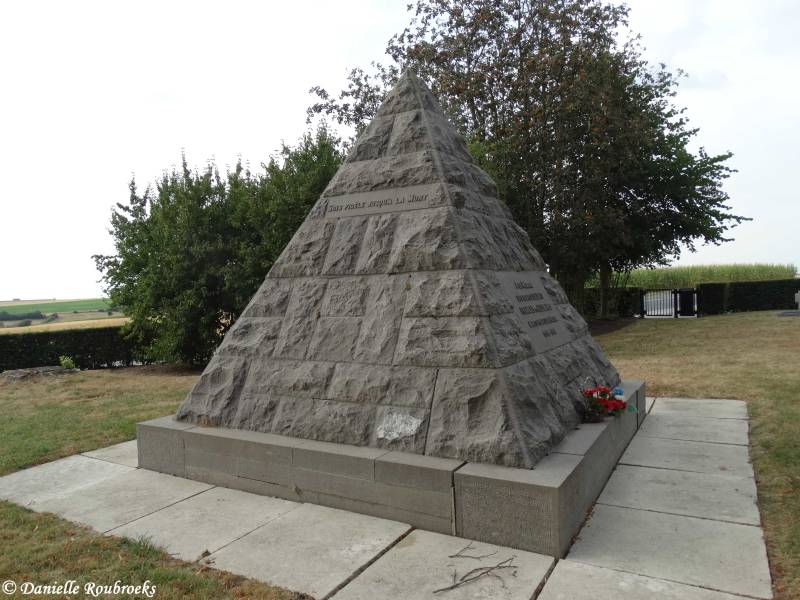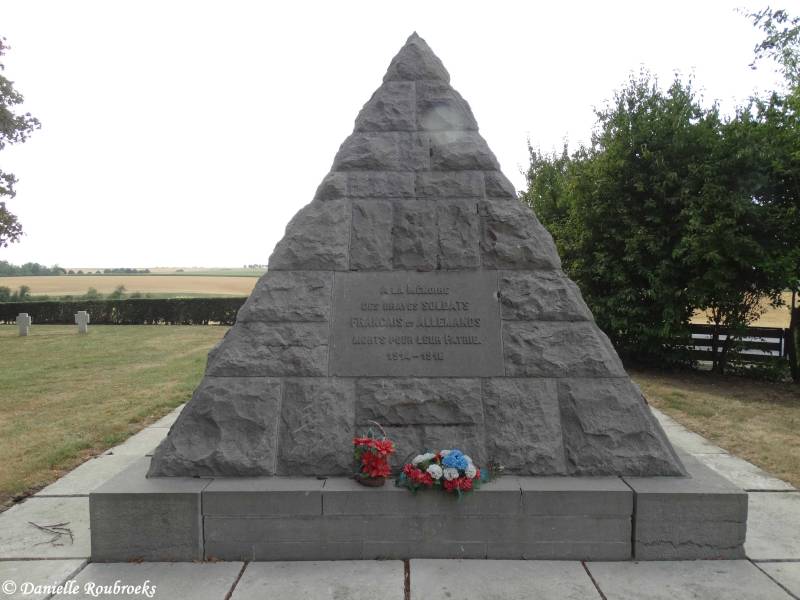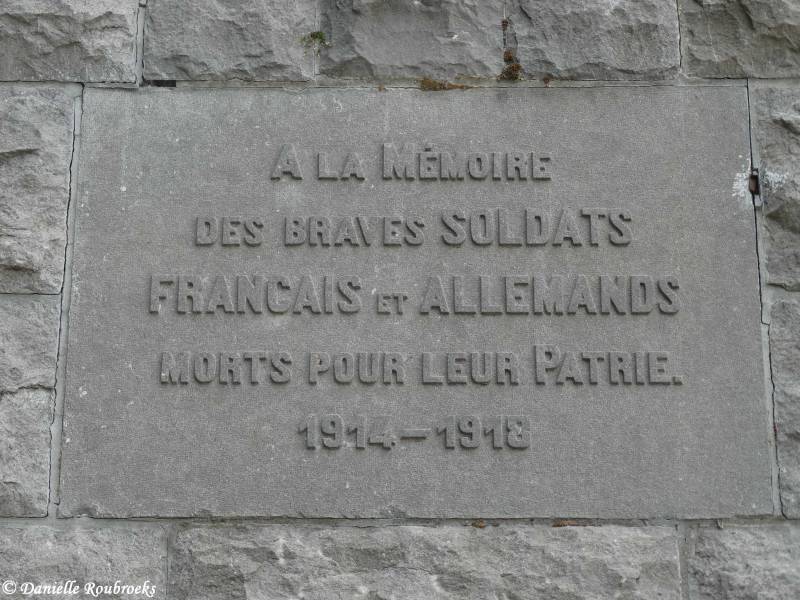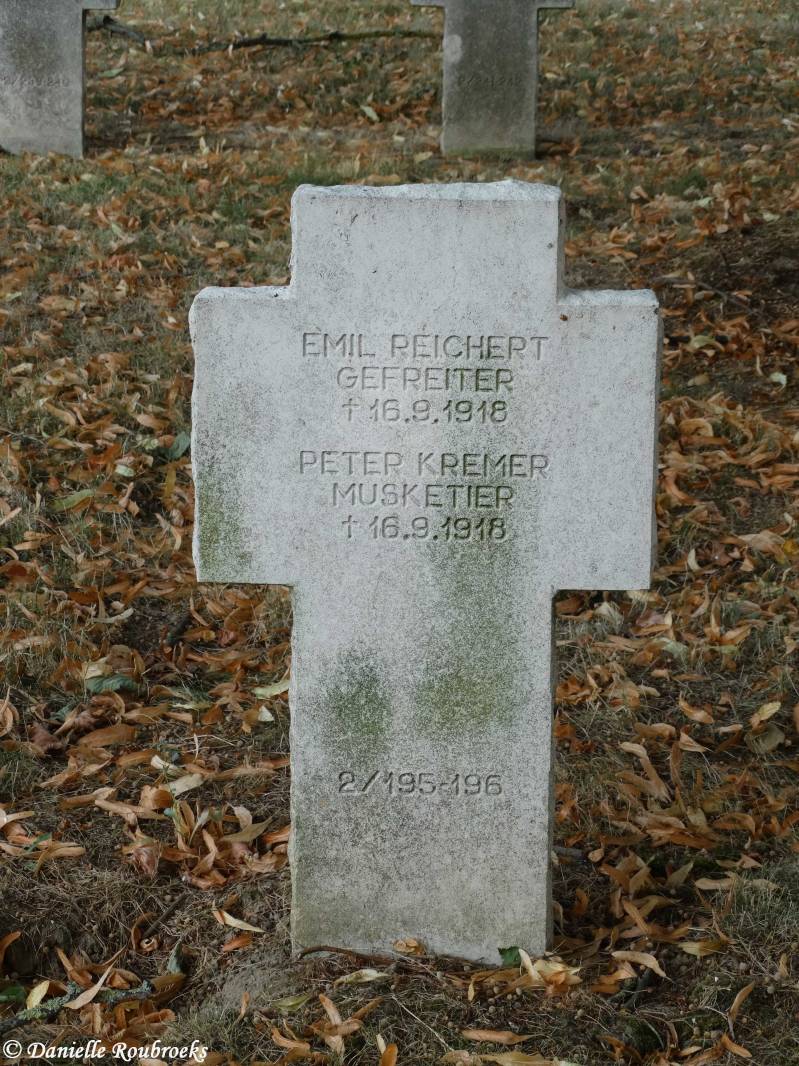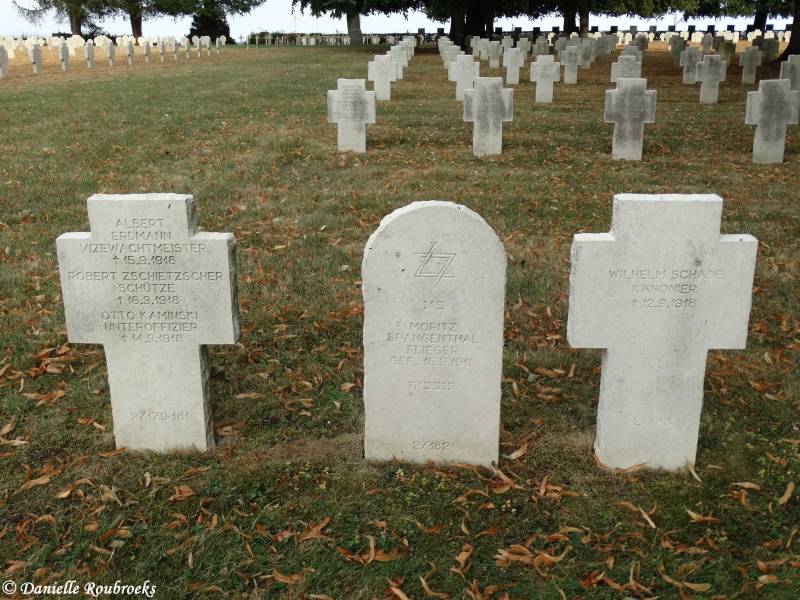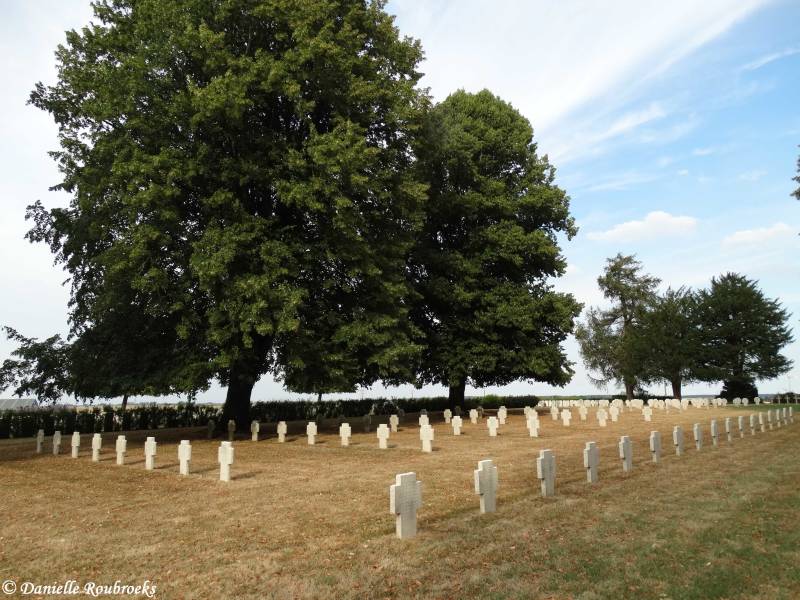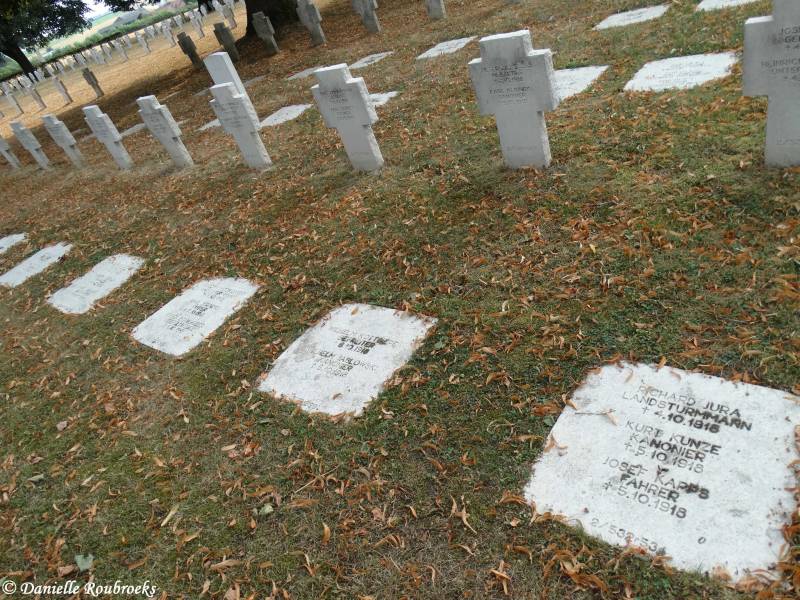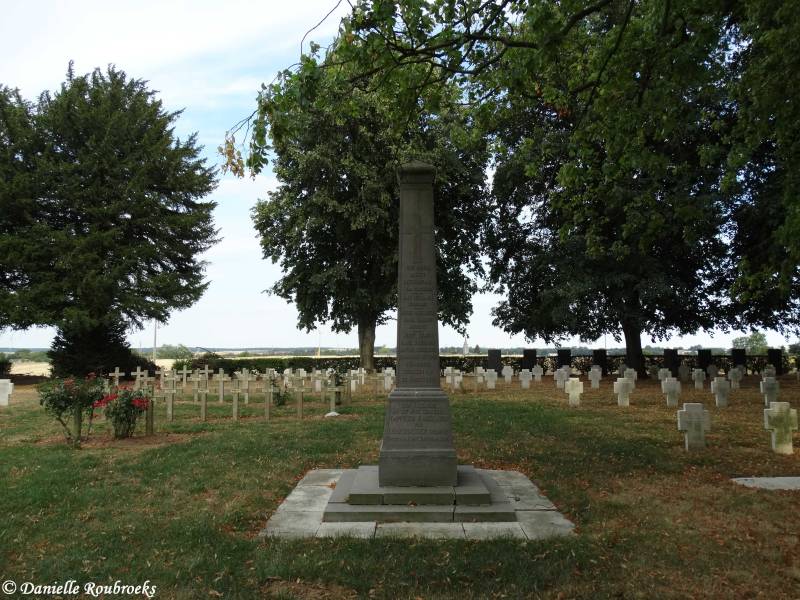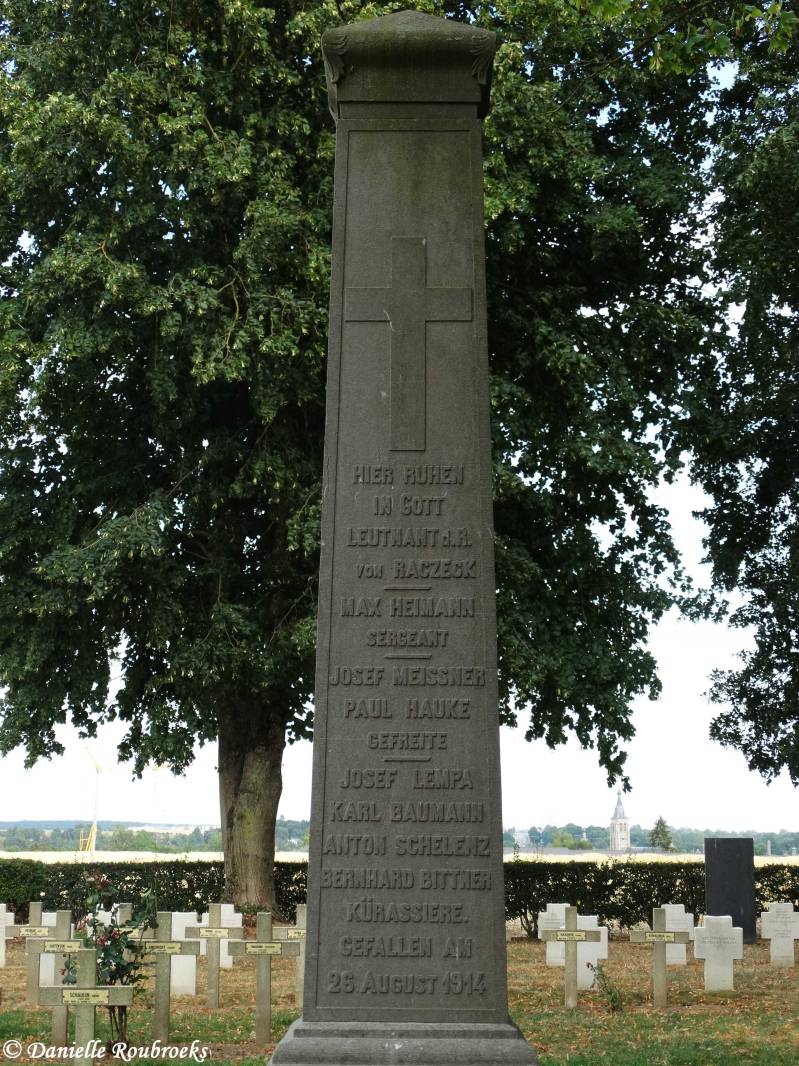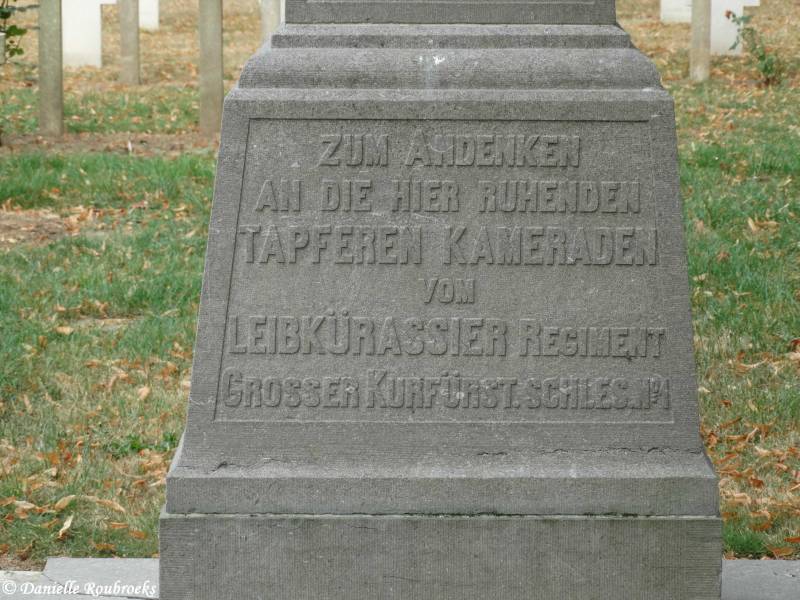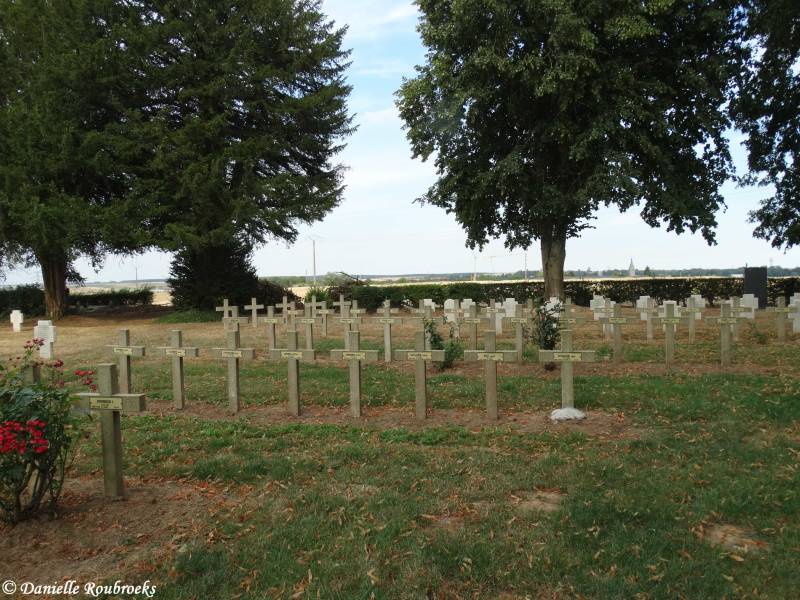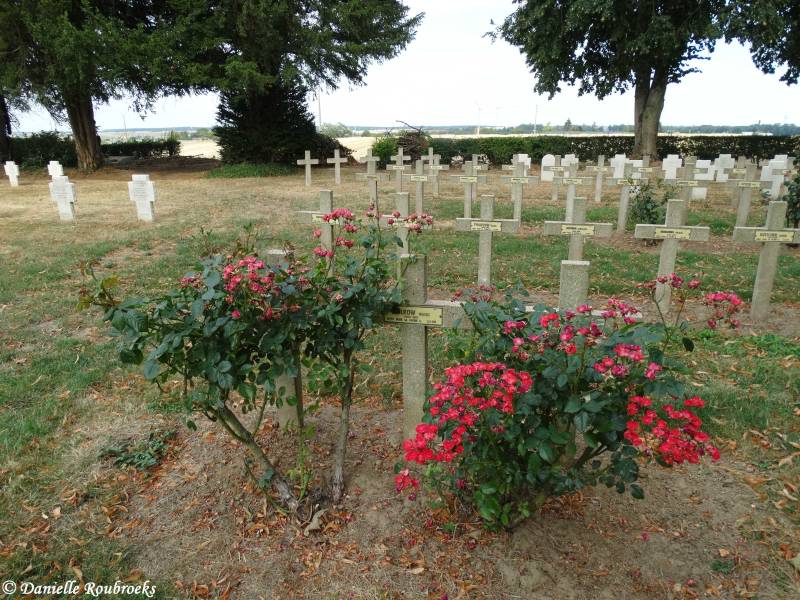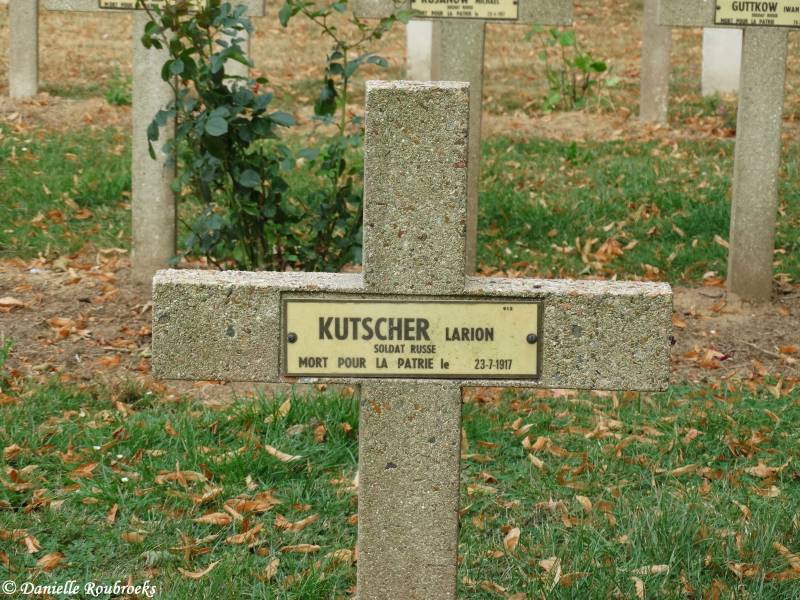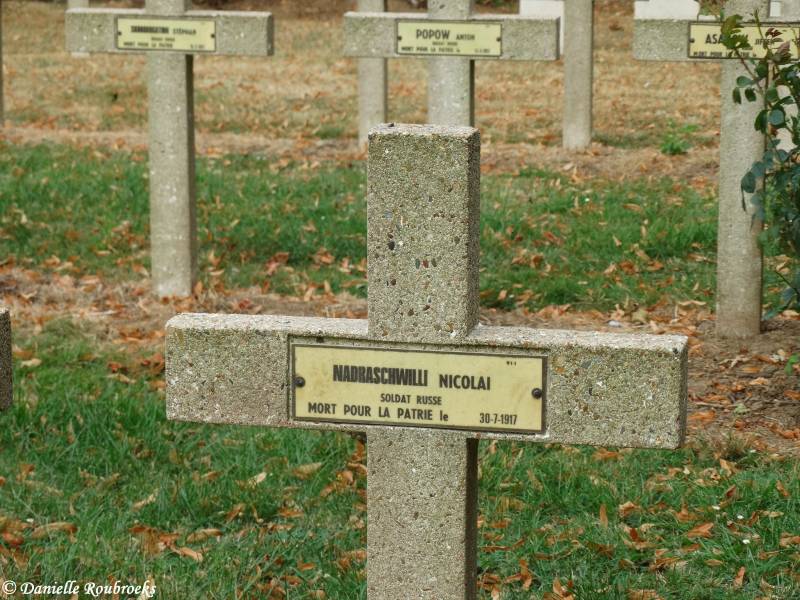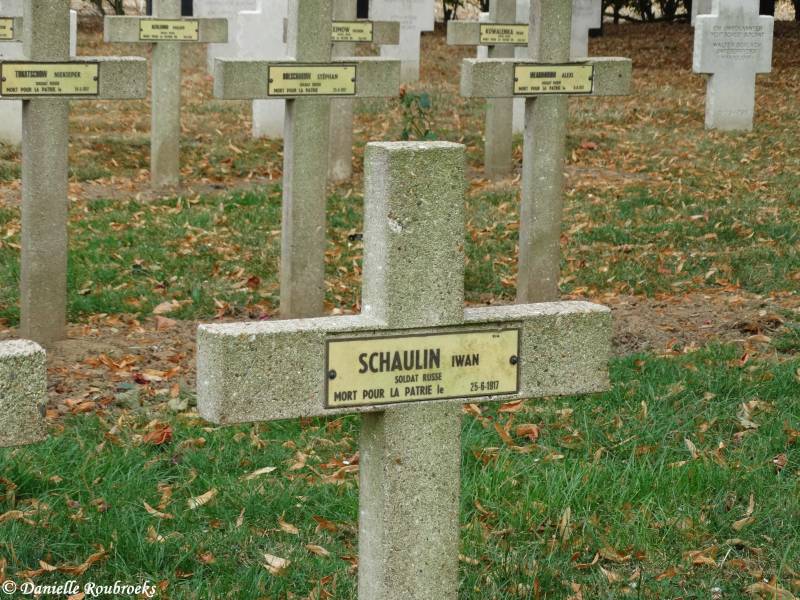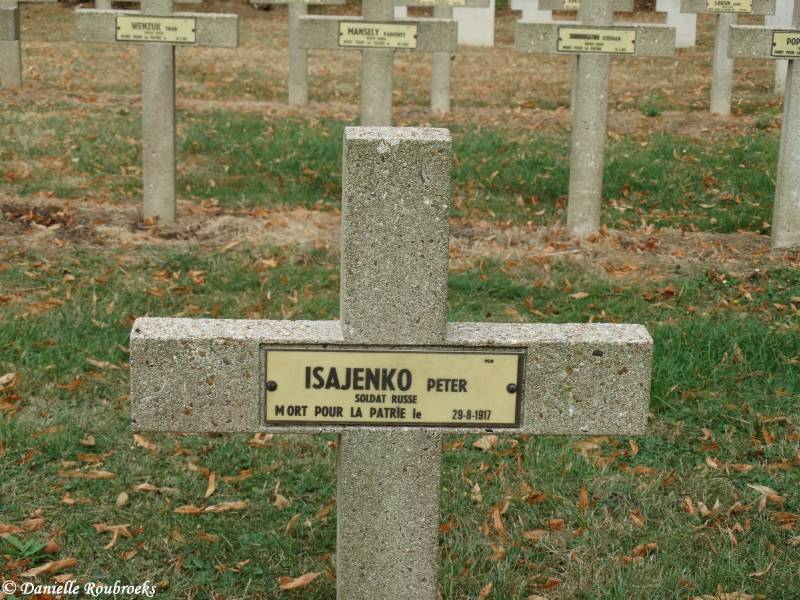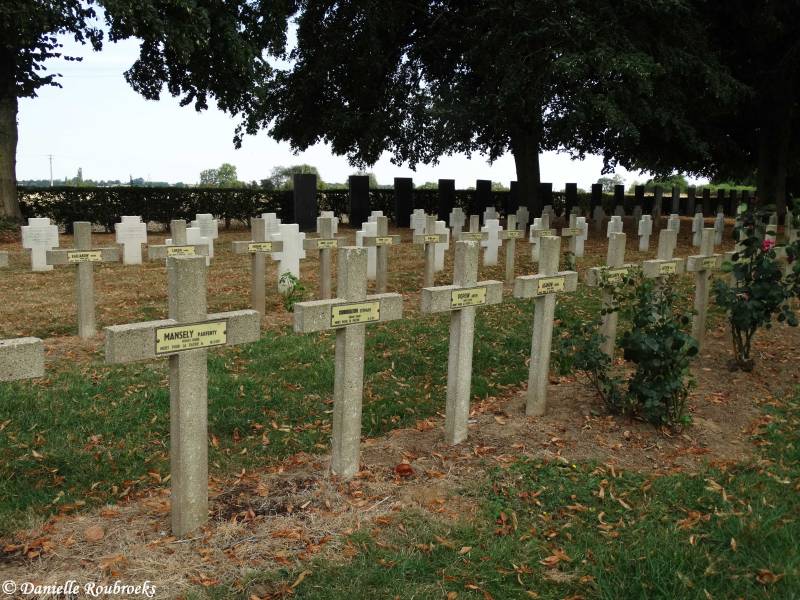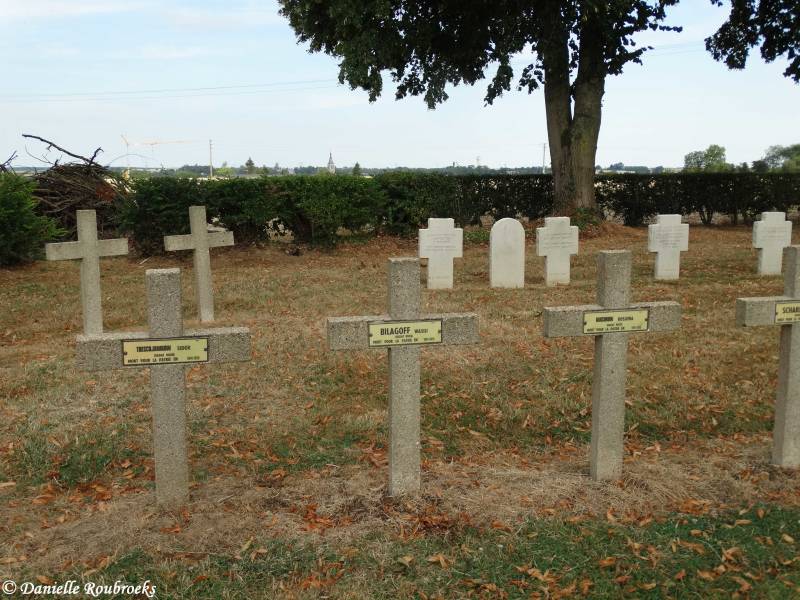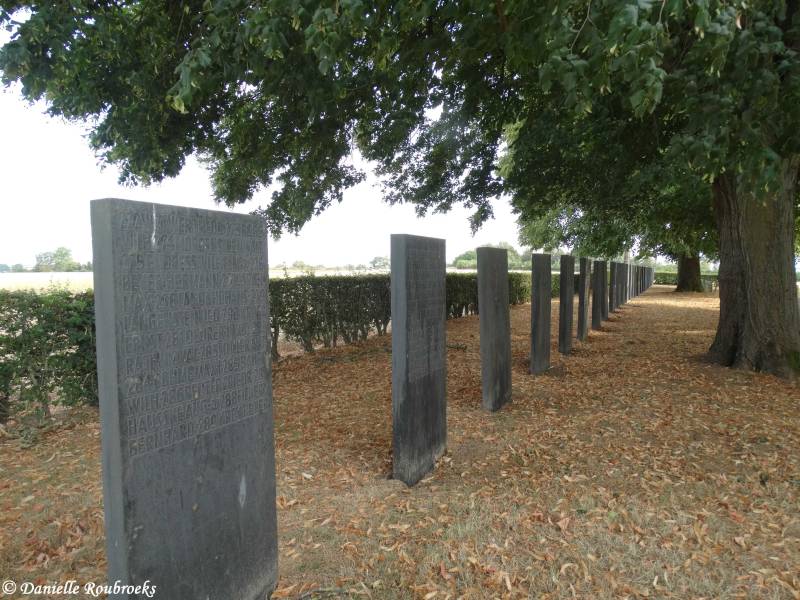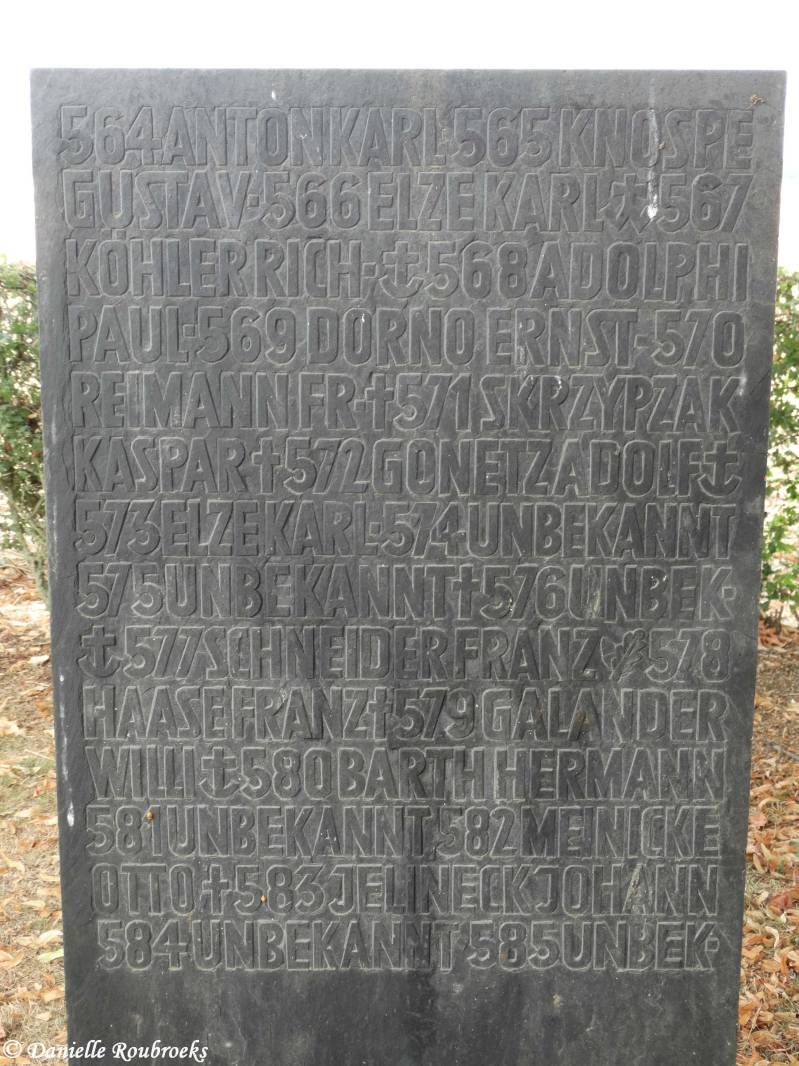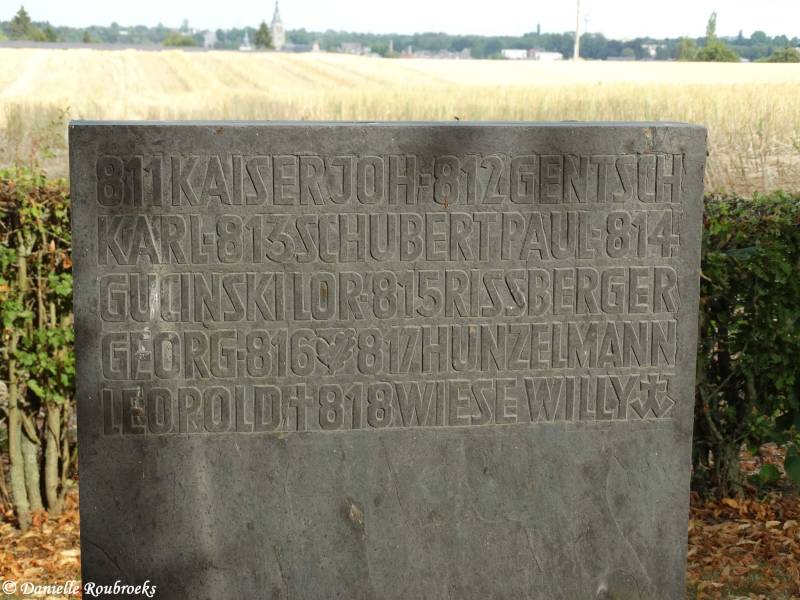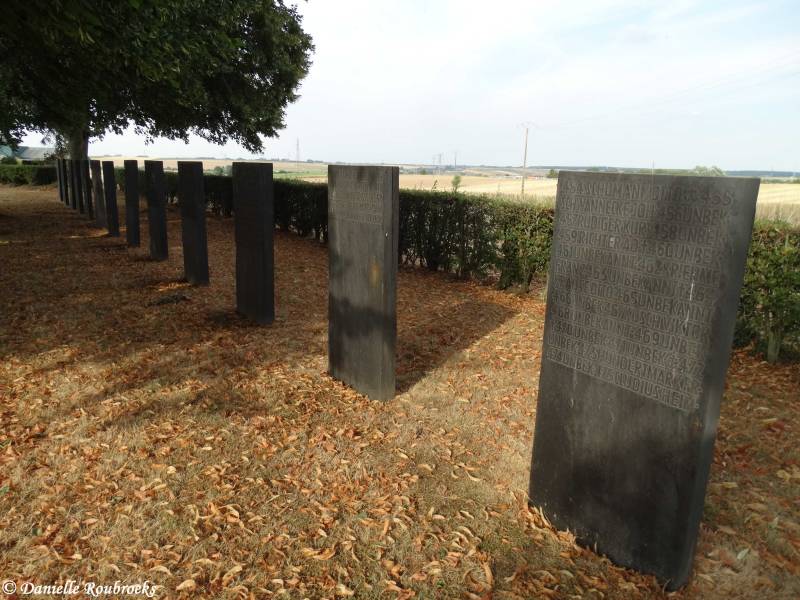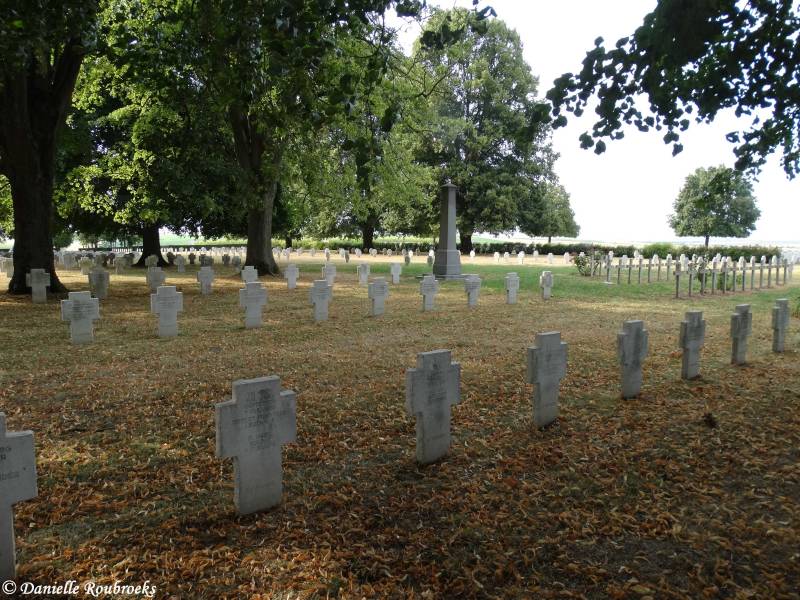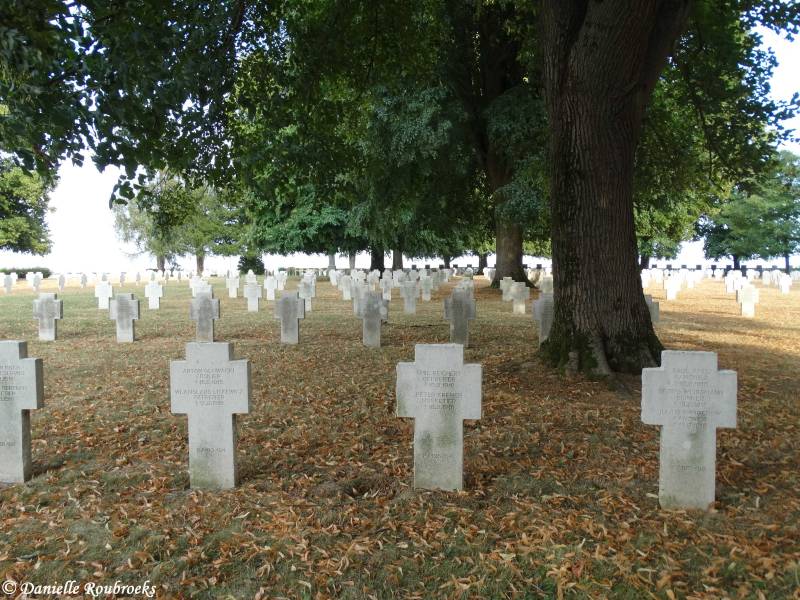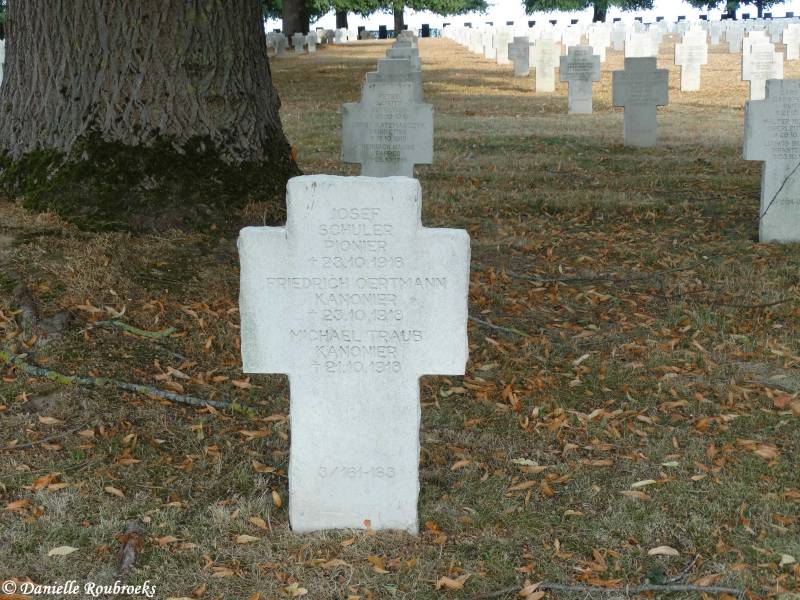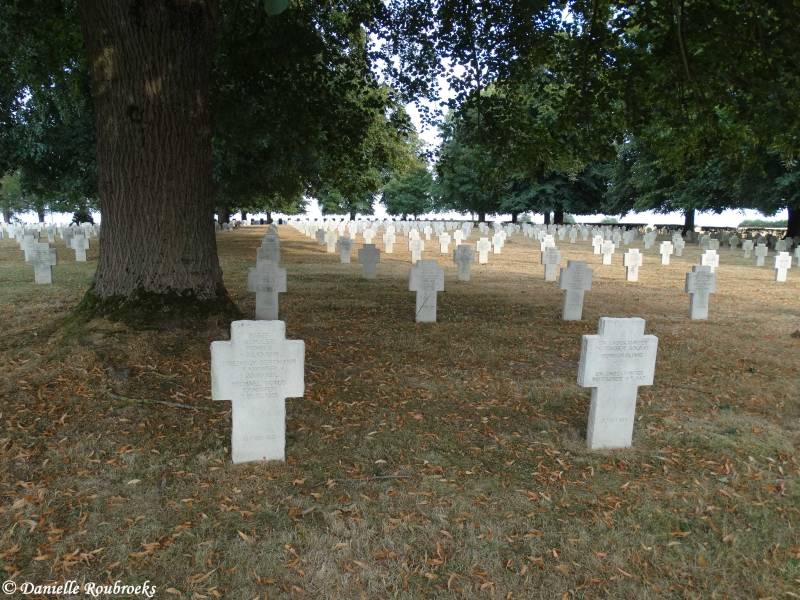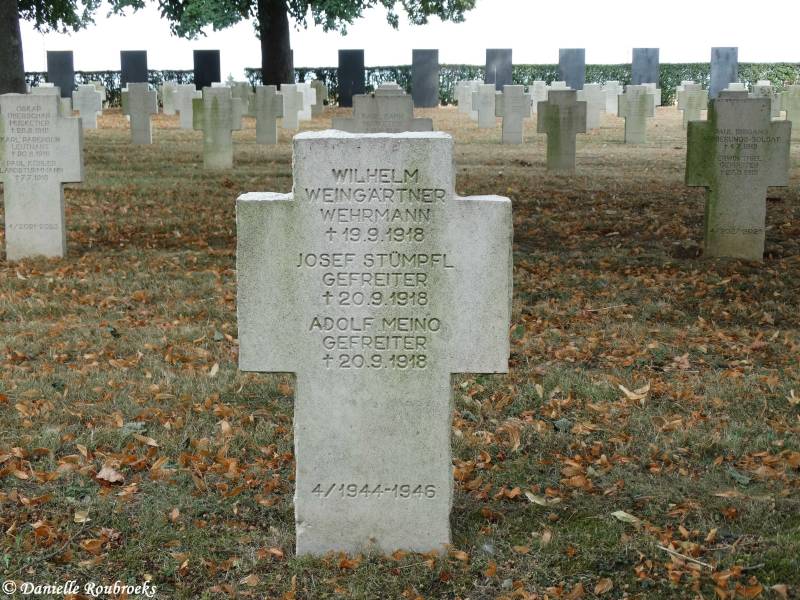Le Cateau Kriegsgräberstätte - German War Cemetery
Historical Information (Source: Wikipedia)
On one side stand more than 5,000 black crosses among the untrimmed trees and wild plants; on the other, almost 700 white headstones criss-cross an immaculately mown lawn. These are the German and Commonwealth plots of Le Cateau Military Cemetery which were begun in 1916 to accommodate the soldiers of both sides killed in the Great War.
After the Battle of Mons in Belgium, the men of the British Expeditionary Force were obliged to withdraw towards France. They decided to stand and fight at Le Cateau on 26 August 1914 to slow the progress of the enemy and protect the retreating Allies, which they managed to do but at a cost of 7,800 men.
Once taken, Le Cateau became an important logistics and hospital centre for the Germans as it was close to the front. They began a military cemetery there to bury their soldiers who died in the field and the town's hospitals; however British soldiers who died in the Battle for Le Cateau were buried in an extension to the town's civilian cemetery. Today, managed by the Commonwealth War Graves Commission, Le Cateau Communal Cemetery is the final resting place for 150 British soldiers.
However, because of the limited space available, the Germans decided in 1916 to allocate a plot in their own cemetery to inter British soldiers killed in the vicinity. Le Cateau Military Cemetery, as it is known today, contains the graves of 698 Commonwealth soldiers including those Scottish soldiers who were buried there after the town was liberated. The German part of the cemetery was enlarged when graves from fifty-three temporary burial sites were concentrated there after the Armistice. In all 5,381 German soldiers rest in peace in Le Cateau alongside thirty-four Russian prisoners of war. A pyramid-shaped memorial erected on the site honours 'the brave soldiers of France and Germany who died for their countries in 1914-1918'.




